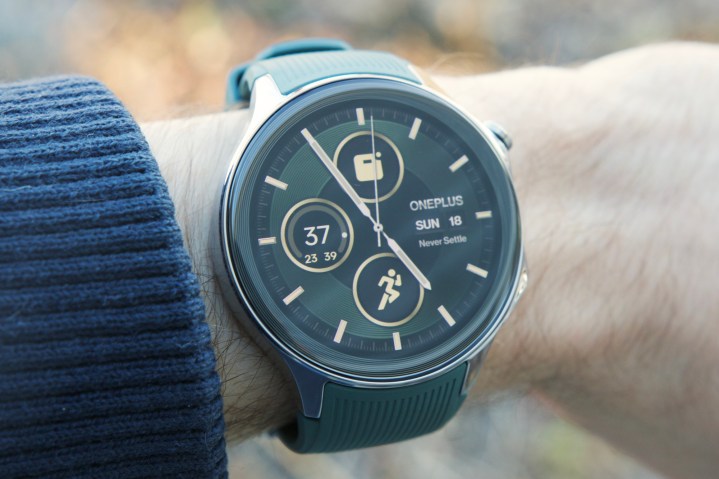
How do you stand out in the smartwatch world? How do you attempt to do something new and unique with wearables in 2024 when so many companies seem to be coasting by?
That’s what OnePlus is trying to figure out with the OnePlus Watch 2, and in many ways, it has succeeded. The OnePlus Watch 2, while not perfect, is one of the more interesting Wear OS watches we’ve seen in a while — and that’s largely due to a hybrid design unlike any we’ve seen before.
Digital Trends spoke with Justin Liu, the general manager of OnePlus’ wearable division, to get a better understanding of what makes the OnePlus Watch 2 tick. And in doing so, we learned some of the watch’s most fascinating secrets.
The OnePlus Watch 2’s most unique feature
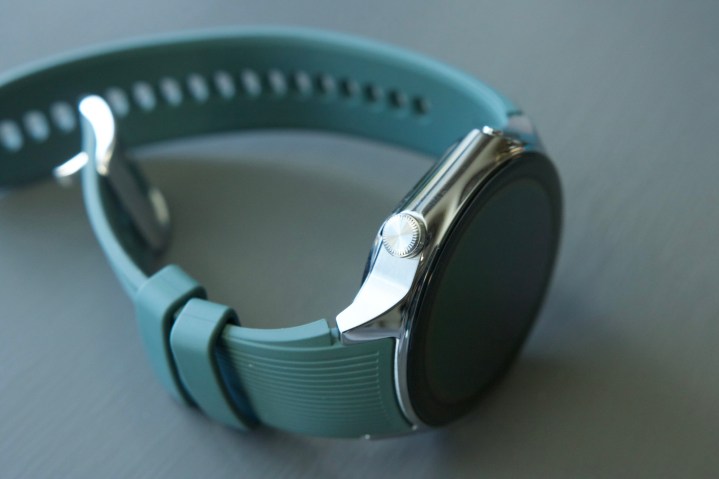
“It’s similar to hybrid cars,” quips Liu when talking about the OnePlus Watch 2’s unique dual-silicon, dual-OS system. In a nutshell, this smartwatch packs two processors — each one handling its own operating system — and has the remarkable ability to switch between each ecosystem based on the task at hand.
For complex tasks like map navigation and contactless payments, it banks on Wear OS apps running atop a powerful Qualcomm Snapdragon W5 processor. As users switch to basic tasks like checking notifications or measuring heart rate, the smartwatch transitions to the low-power Bestechnic BES 2700 chip.
It’s a unique hardware-software endeavor that, despite all skepticism, manages to deliver stellar results in one key area where every mainstream smartwatch fails: battery life. In fact, OnePlus says the sole purpose behind the whole undertaking was to get more hours out of the 500 mAh battery. As Liu told us, “We did not do the two systems just for the sake of it.”
A complex switch for battery gains

Digital Trends’ tough-to-please section editor Joe Maring hailed the battery life of the OnePlus Watch 2 as “stupendous,” labeling it one of the best out there. In my own experience, it’s the only smartwatch that hasn’t given me the proverbial battery life nightmares.
“The development of the Dual-Engine architecture took more than a year, with the participation of 200 individuals from the OnePlus team,” Liu said. The execution has been terrific, without any obvious functional red flags, save for some inherent Wear OS hiccups.
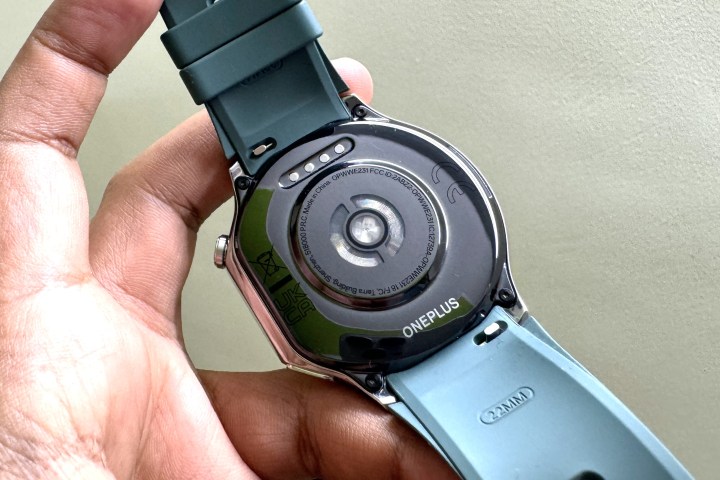
One would expect the OS/silicon process to be janky or at least show some kind of operational latency, but thankfully, that’s not the case. In fact, the whole OS + silicon switching process is automatic, and OnePlus has managed to trim the window to “millisecond level.” I never noticed the switch happening visibly for any task that I launched. Liu also highlighted this in our chat, saying, “For users, they just do whatever they like. They don’t need to think about RTOS [real-time operating system] or Wear OS because the two systems can run and switch seamlessly.”
That begs the question: How did OnePlus classify tasks that need low-power silicon and those requiring the might of the best wearable processor out there? Task frequency. For recurring tasks such as checking the watch face (for time, battery status, activity stats), taking a peek at notifications, and swiping across core function tiles, among others, the smartwatch dips into the low-power processor reserves.
Making sense of usage patterns
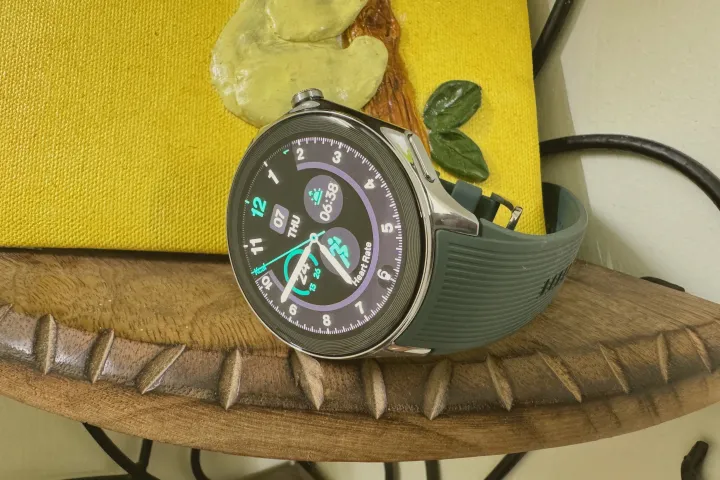
Essentially, the higher the frequency of a smartwatch task, the higher the likelihood of RTOS jumping into action. When users need the Wear OS smarts, such as when using Google apps or other third-party software built for the Android-based platform, the Qualcomm processor jumps into action.
“For certain tasks like running, when Power Saver mode is engaged, certain functionality like voice guidance and post-run visual route summary on the watch isn’t available,” explains the OnePlus executive.
Now, this is not a hard-coded scenario. Instead, the functional boundaries are fluid. Take, for example, Instagram. In the Power Saver mode, which boots the smartwatch in the RTOS ecosystem, you get a mixed bag of capabilities.
You can see Instagram direct message (DM) notifications, like incoming messages, and even open them on your phone with a single tap. However, you can’t reply to messages. For that, the watch needs to boot into the more power-hungry Wear OS mode to unlock more Instagram-related capabilities.
Similar restrictions apply to a healthy bunch of other third-party apps. “It is capable of running third-party party apps, but currently, it is not an open-source system, and we look forward to collaborating with more developers in the future,” Liu adds in regard to the RTOS flavor running on the OnePlus Watch 2.

On the positive side, the experience of interacting with app notifications is uniform to an acceptable extent, irrespective of whether RTOS or Wear OS is running the show. But at the end of the day, being able to interact with these apps and their resource-hungry notifications, even in a limited capability, is still quite an achievement.
“Our team spent a lot of time working with Google engineers to get notifications to also run on RTOS. This has helped save a significant battery life,” Liu tells us.
I rarely felt handicapped when using the OnePlus Watch 2 — for two core reasons. First, the OnePlus Watch 2’s battery life is amazing, which means I rarely had to boot it into Power Saver mode, even after staying away from the charger for over two days. Second, even in Power Saver mode, most of the core systems — such as notification and media playback controls, activity logging, workout tracking and biosensing (heart rate, sleep, blood oxygen analysis, etc.), alarm, weather info, and sleep logging — are functional.
Bare-bones to rewarding evolution

“At the very beginning, Power Saver mode was only designed to tell time, but we found that users also have other requirements while the device is in Power Saver mode,” says Liu.
But as the company researched among its community of smartwatch users and gathered their feedback, OnePlus sensed the need for serving up a low-power mode that doesn’t nuke core features.
The end result was a Power Saver mode that still functions like a full-fledged RTOS-based smartwatch, akin to the first-gen OnePlus Watch. “This is quite rare,” remarks Liu regarding the functions you can access on the OnePlus Watch 2 solely in the RTOS or Power Saver mode.
OnePlus sensed the need for serving up a low-power mode that doesn’t nuke core features.
There are still some rough edges, especially with cross-device syncing, as OnePlus inches ever closer to creating a tight ecosystem of its own, à la Apple. For example, even the Do Not Disturb mode on OnePlus phones won’t sync with the OnePlus Watch 2 in the way Focus Mode works across the Apple Watch and iPhones.
“We will be working to broaden the range of apps that can be synced in the future,” Liu tells Digital Trends. Interestingly, in the development phase, the aforementioned perks were not planned.
There are a few other hiccups and accuracy issues with tracking, but nothing that can’t be polished with some algorithmic tuning and software polishing. I ran into some limitations with watch faces when switching the power profiles. And I missed Google Assistant when Power Saver mode was enabled.
It delivers where it matters

But at the end of the day, the result is a rewarding smartwatch experience without nagging battery concerns. With heavy use, the OnePlus Watch 2 is claimed to deliver 48 hours of battery life, while more moderate use takes those longevity figures to 100 hours. Those numbers are quite subjective and come with a whole bunch of usage asterisks.
In my own experience, durinf heavy usage with always-on mode enabled (and with a custom watch face applied), I easily managed two days without looking for the magnetic charging puck. That’s miles ahead of what my Apple Watch Series 8 or the Samsung Galaxy Watch 6 can muster.
With Smart Mode enabled, OnePlus is promising a 100-hour battery life. The best I could reach, with my unique usage pattern, was around 74 hours. Those are amazing figures, considering the GPS was active in the background while logging my cycling sessions.

When you don’t need all the bells and whistles of Wear OS, and RTOS is enough to handle your smartwatch demands, the OnePlus Watch 2 claims to go as long as 12 days without requiring a charge. Once again, those numbers can practically be reached with a very selective usage pattern, but if you go by the conventional use case pattern of a pure RTOS smartwatch, the new OnePlus offering will be good for at least a week.
Now, I have a love-hate relationship with smartwatches, primarily because I don’t need another distracting screen in my life, and I really like some gadget freedom for my limbs before I go to sleep. But even during the test phase, when I had to track my sleep patterns at night and push the watch as usual during the daytime, the OnePlus wearable left its rivals far behind in battery endurance.
The only real drawback to all of this? The OnePlus Watch Watch 2 is big. It has a 47mm case, making it very similar in size to the Apple Watch Ultra 2. It’s the only size you can get the OnePlus Watch 2 in, and it all comes back to battery life.
“We decided to focus most of our resources on addressing this biggest pain point for users: battery life,” Liu said. “To address this issue, we needed to make sure that the battery size was enough.” A big battery requires a big smartwatch, hence the larger size of the OnePlus Watch 2. Thankfully, other size options aren’t off the table. “In our product planning in the future, we will consider different sizes for the watch,” Liu added.
The ecosystem long shot
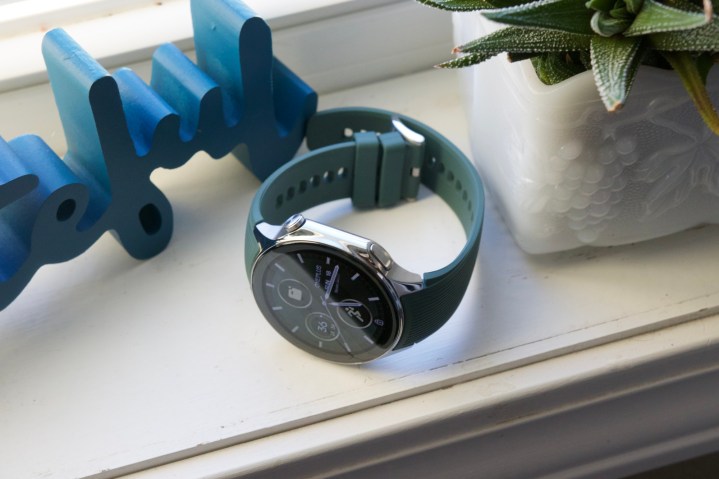
OnePlus could also use some help from Google’s Wear OS team here, and some extra love from app developers. WhatsApp notifications proved to be a nightmare while running dual accounts, as they bypassed the Do Not Disturb mode settings for the secondary profile. Telegram was downright terrible with incoming call alerts on the OnePlus Watch 2.
It’s high time that these deep-pocketed developers pay some attention to their smartwatch experiences as well. As for OnePlus, it has aced battery targets for now, but harbors more ambitious goals for its wearable endeavors. “With the addition of the smartwatch, the ecosystem of OnePlus can deliver a better experience at an unprecedented level. It can deliver a comprehensive experience with the family of our flagship products,” Liu said.
“Our goal is not only to create a device that provides a seamless experience within the OnePlus ecosystem, but also to make it a platform for builders within the Android ecosystem,” concludes Liu. I am waiting eagerly for the OnePlus Watch 2 to deliver on its ecosystem promises.
Save for computing form factor — Windows or Chrome OS — OnePlus now commands a similar depth in terms of a gadgets ecosystem as rivals like Samsung and Apple. All it needs right now is to focus on the device interplay and make it all practically rewarding for an average user on a day-to-day basis.
Turn buyers into invested loyalists. That’s the wearable nirvana. Otherwise, we are just looking at a glorified biosensing gizmo strapped to the wrist.



